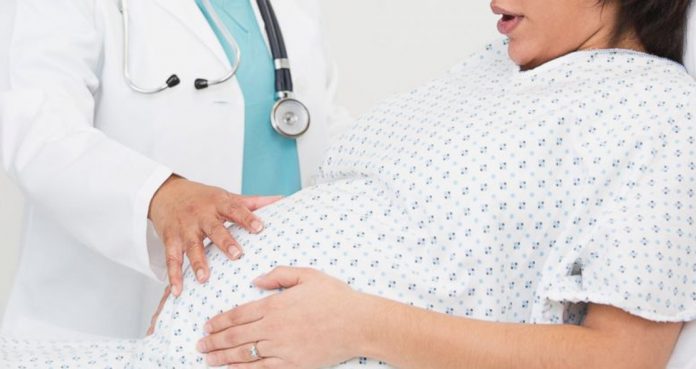According to a new study, pregnant women are more prone to complications during labor and cesarean section deliveries than during vaginal births, while the risk is more in older mothers.
The rate of cesarean (C-sections) deliveries has significantly increased in the developed countries to over 20 percent of births, albeit the World Health Organization (WHO) recommends C-sections only for 10 to 15 percent of cases where the health of either the mother or the baby, or both, is in danger.
Sometimes, C-sections can be life-saving, but the surgical intervention carries risks such as infection, bleeding, blood clots and even damage to the reproductive organs.
Researchers examined more than 1,440 women who had severe complications after delivery, which were not related to their pre-existing health issues. They also examined a comparison group of more than 3,460 women who did not have complications.
They found that women who had C-sections were nearly 80 percent more likely to have complications than women who delivered vaginally. They also found that women above 35 years, who underwent C-sections, were three times more likely to have serious complications.
The findings of the report are published in the journal Canadian Medical Association Journal (CMAJ).
Senior study author Dr. Catherine Deneux-Tharaux wrote in an email, “Overall, delivery is safe. However, in a minority of cases, severe complications can occur in the mother during or soon after the delivery. This happens in about 1.5 percent of deliveries and the main cause is major hemorrhage.”
The author explained that as the age progresses, a woman’s uterine muscles often lose its ability to contract efficiently, which may lead to profuse bleeding after C-sections in an older woman.
She added, “The physiological stop in bleeding after birth involves a contraction of the uterus; that might be reduced in older women.”
The investigators found that women of all ages had an increased risk of C-section complications that is performed after a pregnant woman went into labor, a decision that is taken due to medical issues that may arise for her or for her baby. They concluded that mothers below 25 years of age who had C-sections done during the onset of labor were nearly 60 percent more likely to have serious complications than those who had a vaginal delivery. And pregnant women above 35 years of age who had C-sections after they went into labor were three times more likely to have serious complications than those who had a vaginal delivery.























